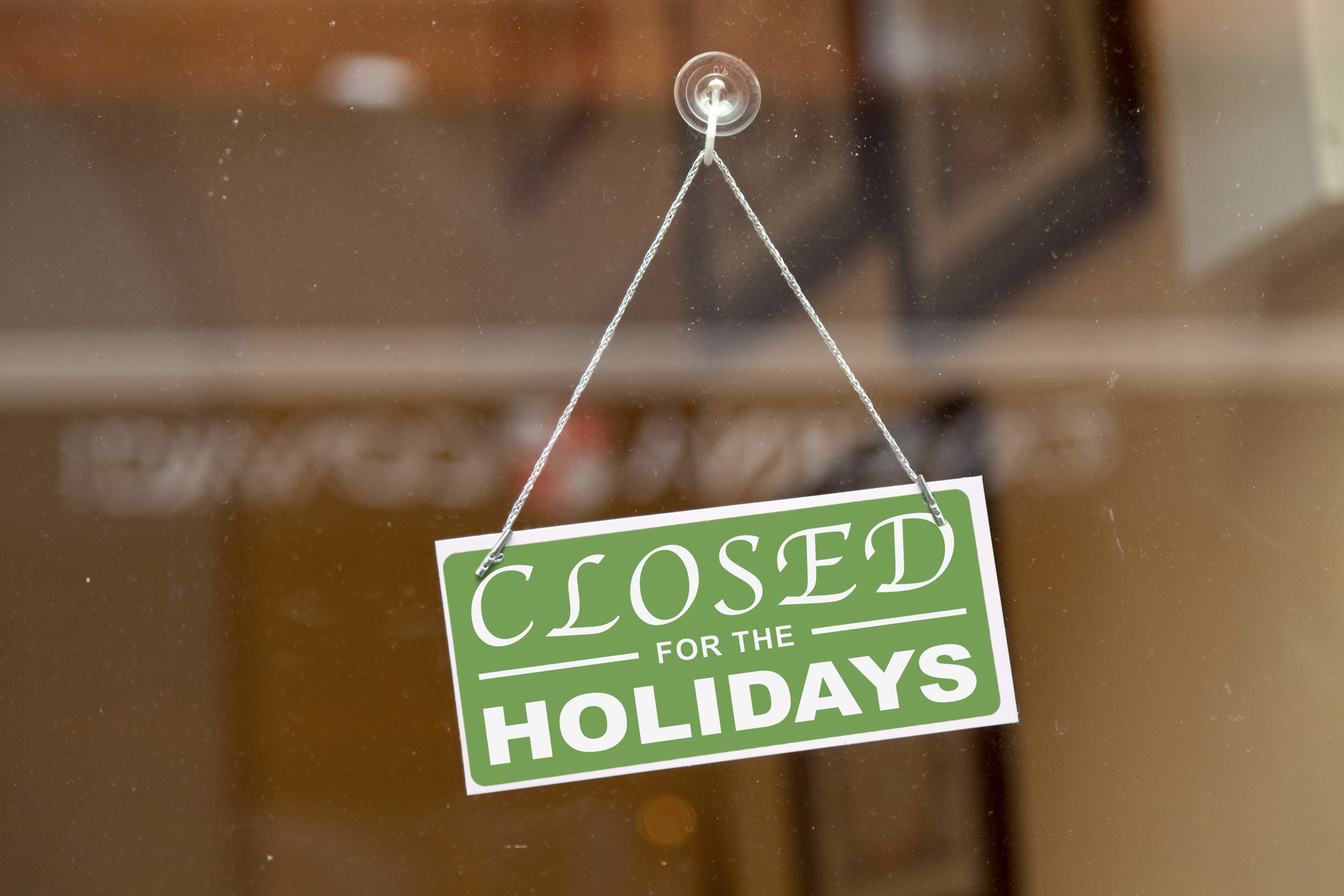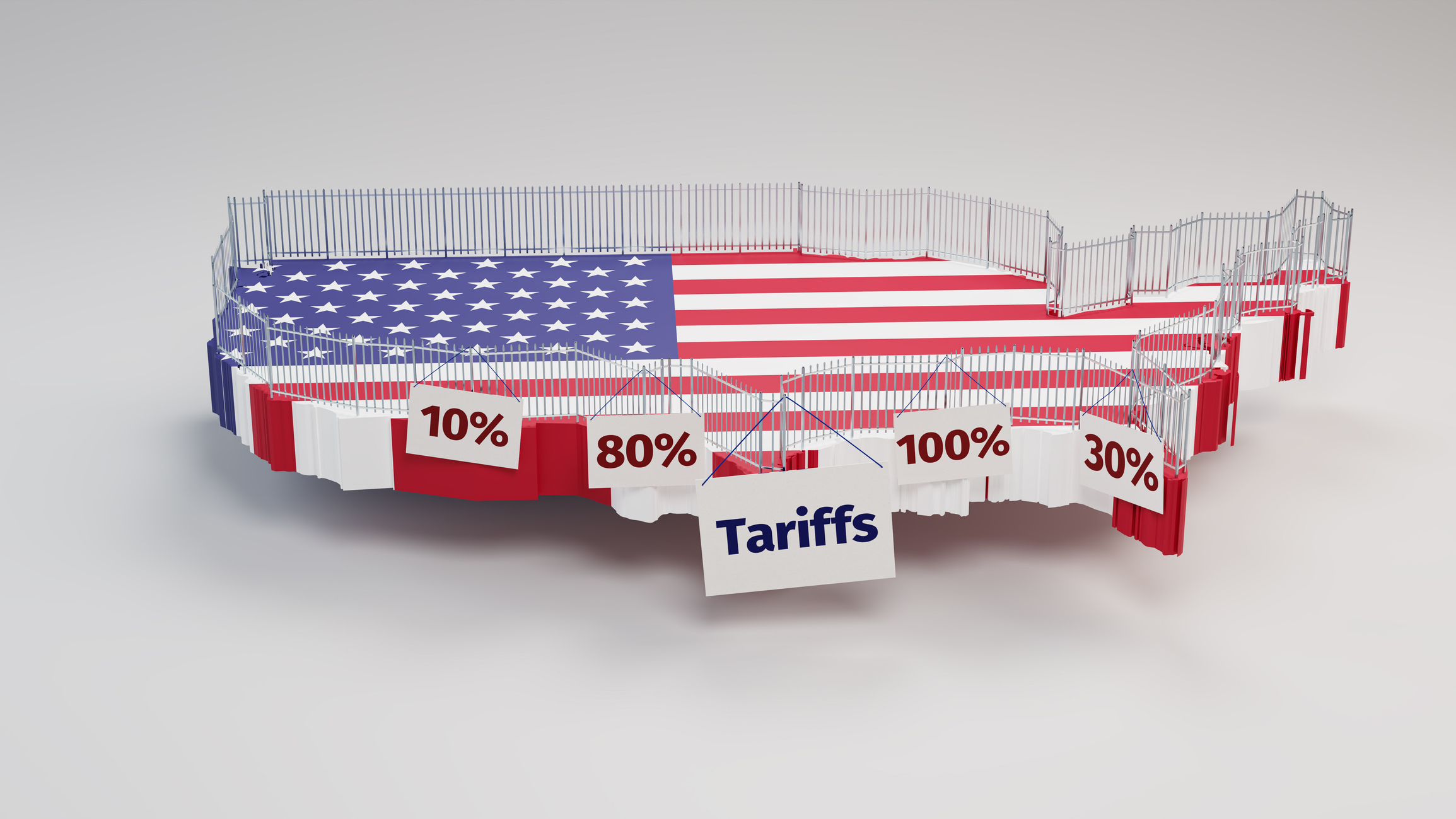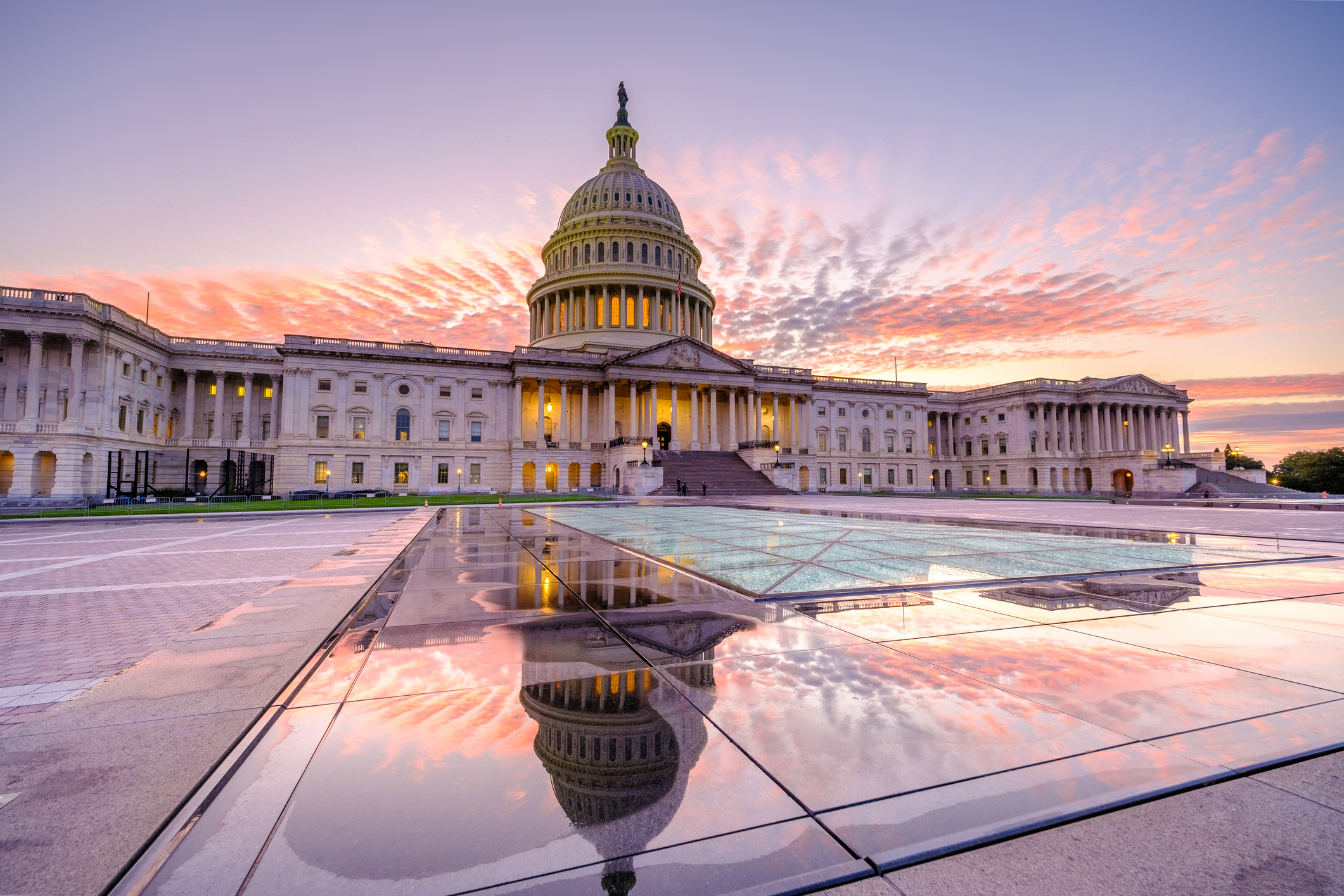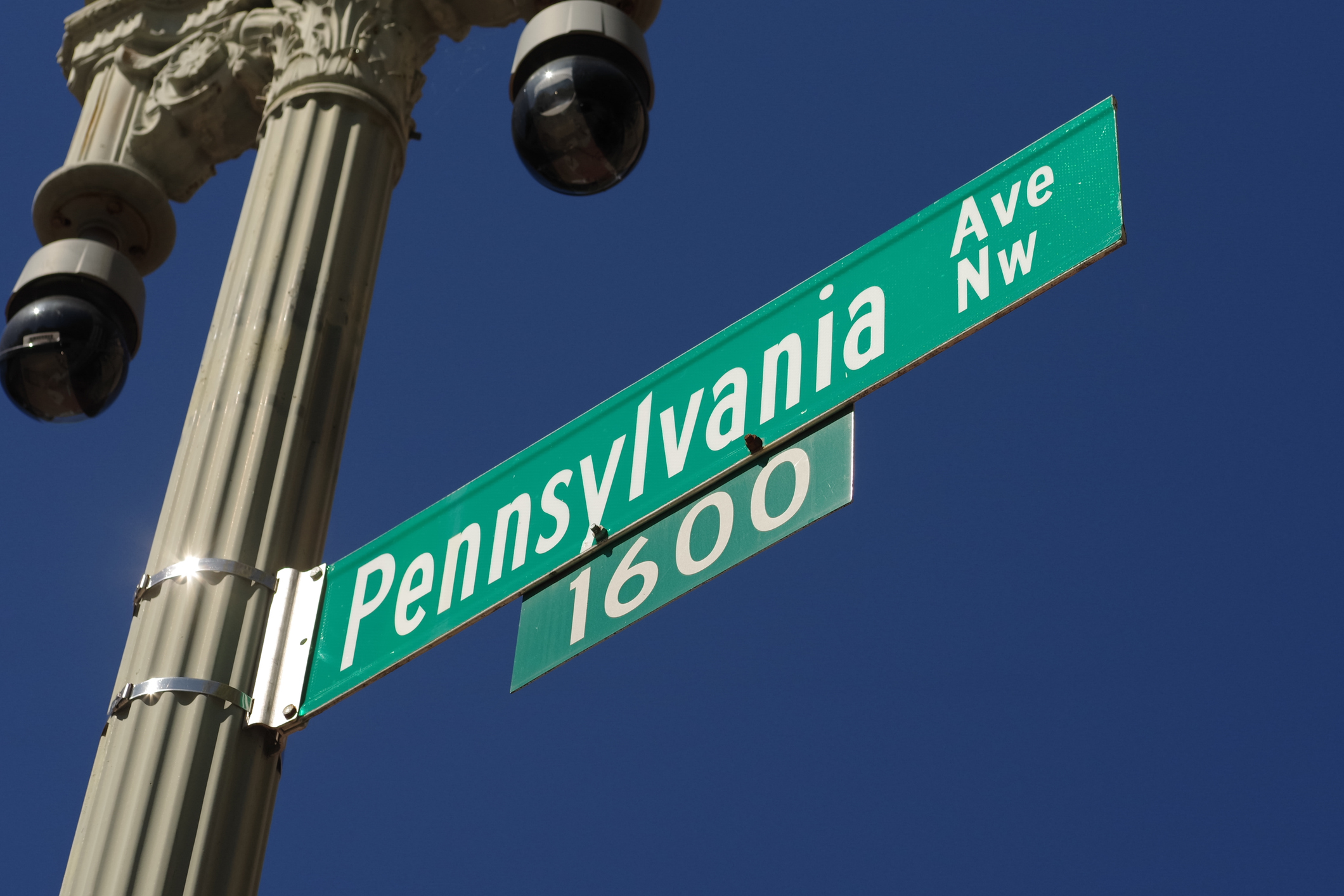Trump Dials Back Most Tariffs but Targets China
Wall Street hopes that higher tariffs on most countries are on hold for good. But the trade war between the U.S. and China is heating up.

To help you understand what is going on in politics and the economy, our highly experienced Kiplinger Letter team will keep you abreast of the latest developments and forecasts (Get a free issue of The Kiplinger Letter or subscribe). You'll get all the latest news first by subscribing, but we will publish many (but not all) of the forecasts a few days afterward online. Here’s the latest…
The steepest tariffs are on hold, for now. Investors are breathing a sigh of relief. But a new U.S. trade regime is still here, with broad 10% duties on imported goods, higher for cars and key metals. And most importantly, the trade war with China is escalating.
President Trump seems to have pulled back from his plan to levy higher tariff levels on a country-by-country basis, despite avowals from some of his advisors that these were not up for negotiation. Turmoil in financial markets, particularly the bond market, may have prodded him to think again. Instead, he says the individual rates are delayed 90 days while the U.S. seeks trade deals with individual countries.
The one glaring exception: Tariffs on China are soaring to 145%, even higher than Trump first announced. Beijing had hit back at Washington with its own, higher rates, so Trump is singling out China as a special case.
Amid the chaos, here are our takeaways:
- The 90-day pause could become permanent when it comes to higher, country-specific duties. Trump had been playing hardball, threatening rates as high as 50%, to induce trade partners to do more than lower rates on U.S. goods. He wanted them to vow to buy more American goods, build factories in the U.S. or take other steps to narrow the trade surpluses many run with us. But those concessions could be very hard to get, and meanwhile, financial markets were panicking about the potential damage to the economy. Trump relented, it seems, opting for a 10% flat rate and time to get trade partners to curb duties on U.S. goods.
- Trump is likely to get some concessions he can tout in the coming months. But he will probably settle for less than he wanted on “buy U.S.” promises.
- When it comes to China, there is little sign of any reconciliation. Beijing can’t be seen to be submitting to Trump, even if sky-high U.S. tariffs cost it dearly. We could be entering a trade cold war, featuring two rival superpowers, and smaller countries having to choose whether to align with the U.S. or China.
- Trade with Canada and Mexico — two key trade partners — is up in the air. Trump’s earlier 25% duties remain in place for goods that don’t comply with the three countries’ free-trade pact, which is up for renegotiation next year.
- On the economic front, we see GDP growth slowing and inflation rising as a result of the 10% blanket tariffs, plus higher duties on cars, metals, etc. GDP will eke out a small gain, while inflation could hit 4%. That puts the Federal Reserve in a bind, forcing it to choose whether to cut rates to boost growth but fan inflation. We suspect the Fed will stand pat at its May meeting, but cut rates later in the year.
- On stocks: Expect continued volatility. Don’t panic-sell, but caution is essential now
This forecast first appeared in The Kiplinger Letter, which has been running since 1923 and is a collection of concise weekly forecasts on business and economic trends, as well as what to expect from Washington, to help you understand what’s coming up to make the most of your investments and your money. Subscribe to The Kiplinger Letter.

Sign up for Kiplinger’s Free E-Newsletters
Profit and prosper with the best of expert advice on investing, taxes, retirement, personal finance and more - straight to your e-mail.
Profit and prosper with the best of expert advice - straight to your e-mail.
Related content
- What’s Happening With Trump Tariffs? Full Updates and Analysis
- Trump's Sweeping New Tariffs Rattle Wall Street, Main Street
- Trump's Tariffs on Canada and Mexico to Spike Food, Gas Prices
Get Kiplinger Today newsletter — free
Profit and prosper with the best of Kiplinger's advice on investing, taxes, retirement, personal finance and much more. Delivered daily. Enter your email in the box and click Sign Me Up.

Jim joined Kiplinger in December 2010, covering energy and commodities markets, autos, environment and sports business for The Kiplinger Letter. He is now the managing editor of The Kiplinger Letter and The Kiplinger Tax Letter. He also frequently appears on radio and podcasts to discuss the outlook for gasoline prices and new car technologies. Prior to joining Kiplinger, he covered federal grant funding and congressional appropriations for Thompson Publishing Group, writing for a range of print and online publications. He holds a BA in history from the University of Rochester.
-
 Customer Services are Strained at the SSA, You Should Plan Around These Federal Holidays
Customer Services are Strained at the SSA, You Should Plan Around These Federal HolidaysIf you have a question or need information from a federal agency, check the federal holiday schedule to make sure you get your business done before they close.
By Donna LeValley
-
 Stock Market Today: No 'Powell Put'? No Problem
Stock Market Today: No 'Powell Put'? No ProblemInvestors, traders and speculators look beyond both another Trump post and more signs of slowing economic activity.
By David Dittman
-
 How Much Will Car Prices Go Up With Tariffs?
How Much Will Car Prices Go Up With Tariffs?Tariffs could drive car prices up even higher, for new and used cars, as well as for American brands.
By Jim Patterson
-
 Here’s How the Trump Harvard IRS Tax Threat Could Impact You
Here’s How the Trump Harvard IRS Tax Threat Could Impact YouTax Law Trump's latest higher education showdown raises fundamental questions that could reach beyond nonprofit tax status.
By Kelley R. Taylor
-
 Trump's Sweeping New Tariffs Rattle Wall Street, Main Street
Trump's Sweeping New Tariffs Rattle Wall Street, Main StreetThe Kiplinger Letter Trump is promising that the short-term pain of steep new tariffs on imports will spark a manufacturing renaissance. But they pose major risks in the near term.
By Jim Patterson
-
 Cory Booker Highlights 2025 Tax Debate: ‘Are You Better Off Than You Were 71 Days Ago?’
Cory Booker Highlights 2025 Tax Debate: ‘Are You Better Off Than You Were 71 Days Ago?’Tax Policy A speech protesting Trump’s policies, including tax plans, breaks U.S. Senate records.
By Kelley R. Taylor
-
 Congressional Republicans Tackle Trump's Agenda
Congressional Republicans Tackle Trump's AgendaThe Kiplinger Letter Despite slim majorities in both chambers, the GOP is gearing up to overhaul taxes, border security and more.
By Sean Lengell
-
 What DOGE is Doing Now
What DOGE is Doing NowThe Kiplinger Letter As Musk's DOGE pursues its ambitious agenda, uncertainty and legal challenges are mounting — causing frustration for Trump.
By Matthew Housiaux
-
 A Move Away From Free Trade
A Move Away From Free TradeThe Letter President Trump says long-term gain will be worth short-term pain, but the pain could be significant this year.
By David Payne
-
 Trump’s Whirlwind Month of Crypto Moves
Trump’s Whirlwind Month of Crypto MovesThe Kiplinger Letter The Trump administration wants to strengthen U.S. leadership in the cryptocurrency industry by providing regulatory clarity.
By Rodrigo Sermeño